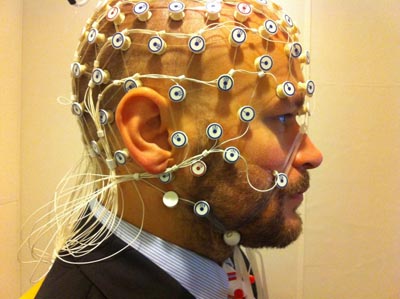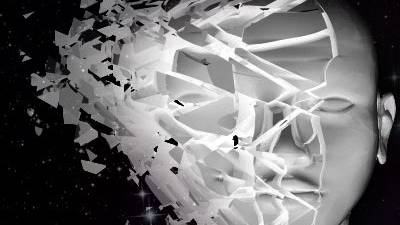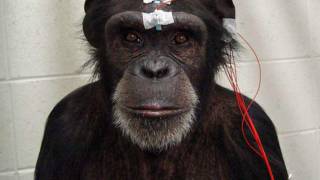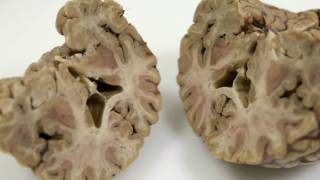Conscious or Not? Brain Responses Bring Scientists Closer to Making a Diagnosis in the Brain-Damaged
Source: blogs.discovermagazine.com
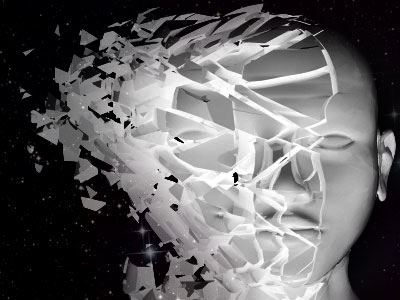
When a brain-damaged person seems unresponsive, the uncertainty is excruciating. Is the person in a vegetative state, awake but not conscious, or are they minimally conscious, still retaining some shreds of awareness? Scientists can now distinguish between people in vegetative and minimally conscious states by measuring brain waves, a Belgian research team announced at the Society for Neuroscience conference last week, which could lead to a more clear-cut, objective way to make the diagnosis.
The researchers used EEGs, readouts of the brain’s electrical activity, to study how the brains of healthy and brain-damaged people responded to a mild electrical jolt. They then quantified how complex and widespread the brain activity of different patients was, using this complexity measure as, essentially, a gauge of consciousness. In 32 wide-awake, healthy patients, the jolt elicited a widespread flurry of brain activity; two patients with locked-in syndrome, where patients are fully conscious but unable to move or respond, showed a similarly complex response. The jolt produced less complex brain responses in twelve minimally conscious patients. Six vegetative patients showed even less complex brain activation still, on par with what the researchers saw in sleeping subjects and in those under anesthesia.
Consciousness is a difficult thing to pin down, and current methods of determining whether—and to what extent—a brain damaged patient has it are largely subjective, with doctors making judgment calls about whether motions are purposeful or reflexive. The diagnoses can often be wrong, and patients thought to be vegetative have even, on rare occasions, re-awakened after months of unresponsiveness. Last year, the research team showed how the brains of people in vegetative and minimally conscious states responded differently to sound. But those earlier experiments could only distinguish between groups of people, looking at overall trends. The new test is the first to tell the two states apart in individual patients, Melanie Boly, the researcher leading the project, told Nature News, making it useful not just as a scientific measure but as a clinical one, as well.
A diagnostic tool like this one, if further research bears it out, could provide a more objective, reliable measure of consciousness. That would be a huge help to patients’ families, and could affect legal decisions, like whether or not to end life support for a patient with brain damage, that hinge on the diagnosis of consciousness.
Article from: discovermagazine.com
